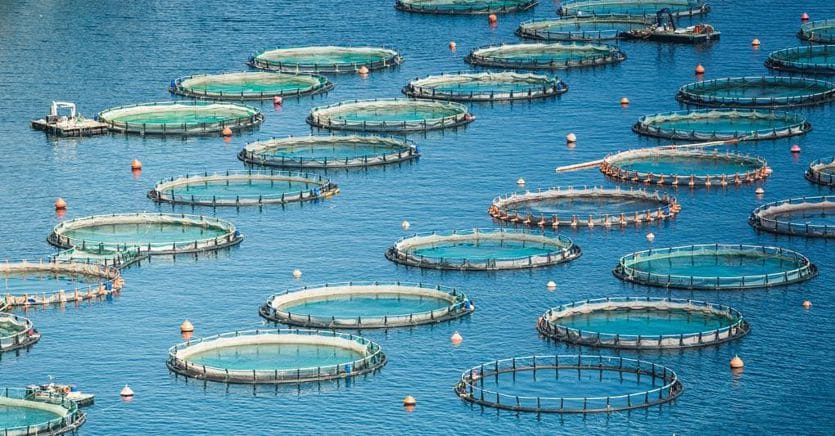Listen to the audio version of the article
«Cultivate the sea and leave the land alone» was already the golden rule of the Republic of Venice, a thousand years ago. From then until today, the blue economy has grown to become the seventh economy on the planet, with a GDP directly linked to the sea of over 2 trillion dollars, based on OECD estimates, which predicts an increase to 3 trillion by 2030. The sea can ensure the future of humanity, in terms of food security, protection from the climate emergency and production of renewable energy.
93% of the oceans are overexploited
The blue economy, in fact, grows much faster than the land economy, but a new sustainable development strategy is needed if we do not want to lead to the collapse of an over-exploited ecosystem. Technological innovation will be essential to contain damage to the marine environment, which in the long run risks reducing its value.
Already today, the routes of humans resemble those of seagulls: 18 of the 21 megacities in the world are located on the seashore and over 4 billion people (half the human population) live within one hundred kilometers of a coast. Fish, crustaceans and algae are the primary source of sustenance for at least three billion people, with a strong growth trend, but fishing is emptying the oceans and therefore the time has come for this food resource too to move from hunting to farming, as happened centuries ago for livestock on land. In 2014, for the first time in history, farmed fish on our tables exceeded the weight of fish caught on the high seas (10.3 kilograms per capita versus 9.7). And it will be increasingly like this, with the fishing quota destined to decline, if only due to a lack of fish in the sea. According to the FAO, 93% of the oceans are overexploited (36%) or already exploited to the maximum (57%). The Mediterranean, in particular, is the most overexploited sea in the world (58%) and its resources are rapidly disappearing.
Aquaculture as a threat to the sea
Aquaculture, on the other hand, is growing at a dizzying pace. Globally, it now supplies 52% of the fish products consumed in the world (87 million tons per year compared to 79 million from fishing) and since 1990 production has increased by over 500%, while fishing has remained more or less constant. According to FAO forecasts, aquaculture production will exceed one hundred million tonnes per year in 2027. But, although its carbon footprint is surprisingly low – less than 0.5% of overall emissions, compared to 14, 5% of livestock farming, according to a study published in Nature in 2020 – aquaculture can cause serious damage to marine environments. Among the main problems are chemical pollution, escape of farmed fish and the spread of diseases and parasites. For this and other reasons, aquaculture on land is growing much more than that in the sea (to date 54 million tonnes compared to 33 million in the sea).
Norway invests in land-based aquaculture
In Europe, Norway is the queen of aquaculture and is also the second largest exporter of fish products in the world, after China, with more than two and a half million tons per year, especially salmon and trout. The government’s goal is to double volumes to five million by 2050. As a result, Norwegian producers are organizing themselves with the best sustainable farming techniques and aiming to increase the quotas of guaranteed organic products, which have a higher added value. “Land-based aquaculture is the future,” says Rob Fletcher, director of aquaculture website The Fish Site. “The cost of raising fish in the sea is increasing and the availability of coastal sites is limited, while with land-based recirculating aquaculture systems you can theoretically set up a farm anywhere from Florida to the Middle East,” explains Fletcher.
